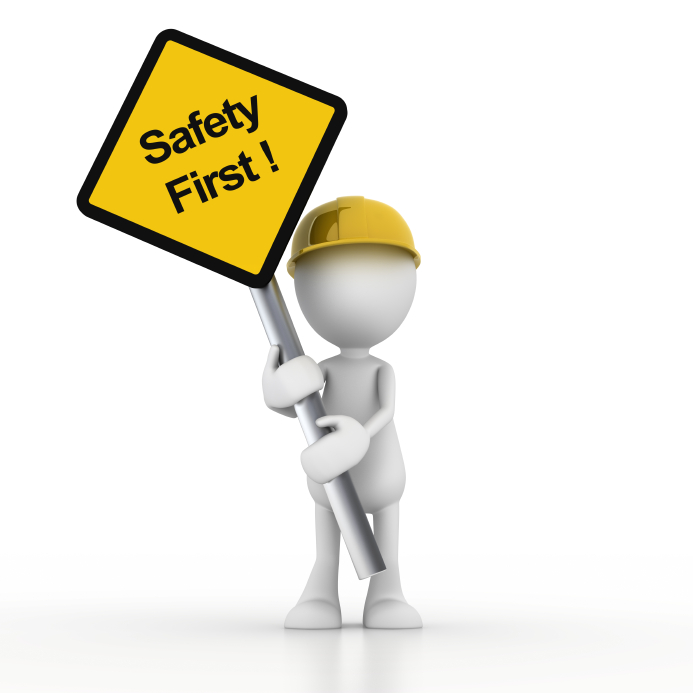- According to National Transportation Safety Board statistics, pipelines are the safest and most efficient means of transporting natural gas and petroleum products.
- The pipelines transport trillions of cubic feet of natural gas and hundreds of billions of ton/miles of liquid petroleum products in the United States each year.
- The approximately 496,000 miles of transmission pipeline transport products, including natural gas and petroleum products, across the country and to storage facilities.
- Approximately 2.06 million miles of distribution pipeline are used to deliver natural gas to most homes and businesses through underground main and utility service lines.
With the millions of miles of pipelines in use, it’s little wonder why there are stringent safety measures in place. Following the safety guidelines helps to keep the work crews, public, and wildlife safe.
Part of that commitment to safety includes investing in new technologies. One such technology is the use of in-line inspection tools, or “smart pigs,” to determine the condition of the pipeline. Smart pigs can detect corrosion, cracking, or other defects in the pipe wall and are used to plan preventive maintenance. Operators also use this data to plan for future repairs. Smart pigs aren’t the only tool used by the industry to ensure safety: operators have invested financial resources to ensure their infrastructure is reliable, including spending over $2.2 billion in 2014 to evaluate, inspect, and maintain pipelines.
It’s important that members of the public also recognize and follow pipeline safety measures. Knowing how to recognize and respond to a possible leak is key. Here’s what you need to know:
- Sight: Liquid pools, discolored or abnormally dry soil/vegetation, continuous bubbling in wet or flooded areas, an oily sheen on water surfaces, vaporous fogs, blowing dirt around a pipeline area, or fire coming from the ground or appearing to burn above-ground can all indicate a pipeline leak. Dead or discolored plants in an otherwise healthy area of vegetation or frozen ground in warm weather are other possible signs, as well as an exposed pipeline possibly caused by a natural disaster such as flood or earthquake.
- Sound: Anything from a quiet hissing to a loud roar depending on the size of the leak.
- Smell: An unusual smell, petroleum odor, or gaseous odor will sometimes accompany pipeline leaks. Gas transmission/gas gathering pipelines are odorless but may contain a hydrocarbon smell.
If a member of the public suspects a leak from a pipeline, they should turn off gas appliances, leave the area by foot immediately, and call 911 from a safe location.
Pipeline safety is improving all the time. Companies finance research projects on various pipeline challenges, such as cracking, hydro-testing, and non-destructive examination, to protect employees and the general public.
Learn how Submar, the leader in pipeline erosion control, practices safety.


